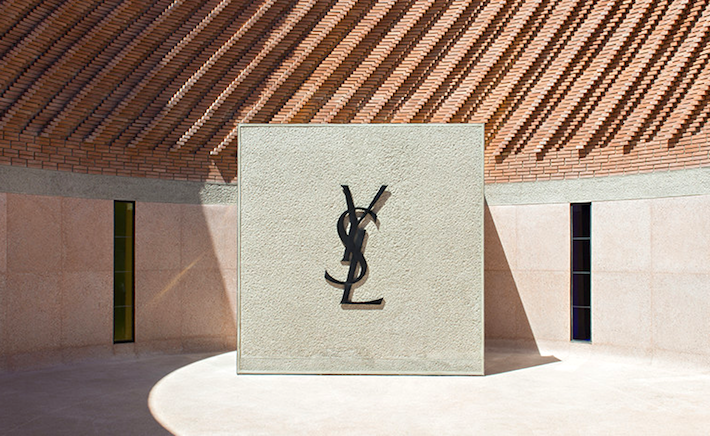Medinet Habu → Amazing Mortuary Temple of Ramesses III
Medinet Habu – A HISTORICAL Mortuary Temple Of Ramesses III
Medinet Habu may be the name which includes been directed at the ancient Mortuary Temple of Ramesses III that is on the West Bank in Luxor. The region where it stands can be called Medinet Habu, and because of this, many people make reference to the temple as “Medinat” Habu. The temple goes back to the brand new Kingdom period, and its own most famous because of its vast quantity of well preserved reliefs and massive statues of Ramesses III. Visit this phenomenal monument and many more with one of a completely flawless Egypt tour packages.
Temple of Medinet Habu, Luxor.
A BRIEF OVERVIEW Of Medinet Habu
Medinet Habu may be the second largest ancient temple ever discovered in Egypt, covering a complete area of a lot more than 66,000 square meters. The temple, that is among the top Luxor places of interest, was built specifically as a mortuary temple by Ramesses III who was simply the next pharaoh of the 20 th dynasty, as well as the last great pharaoh of the brand new Kingdom. As the temple was built for Ramesses III to apply mortuary rituals, it had been also used as a location for worshiping the god Amun.
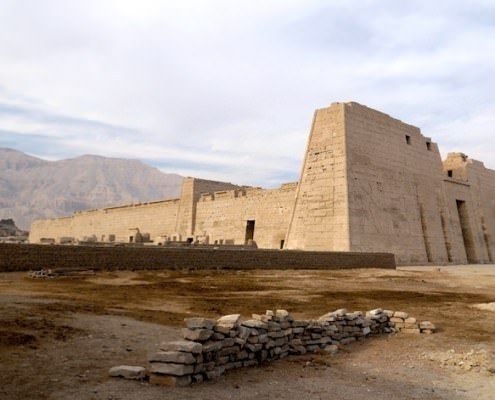
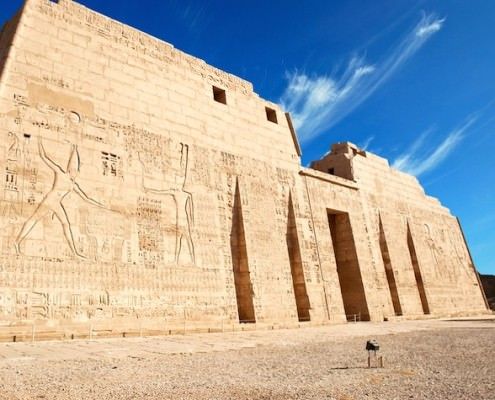
Given its vast size and grandeur, some historians and Egyptologists have speculated that Ramesses III had actually attemptedto rival the temple built by the fantastic Ramesses II which coincidentally can be located nearby on the West Bank.
Visiting the Mortuary Temple Of Ramesses III
Many people to Medinet Habu visit while enjoying Nile River cruises, even though site can be featured in a few other tour packages aswell. Those that visit will typically enter the website with a giant gateway which has two huge columns on either side. After passing through the gateway you can start to see the ruins of Ramesses III royal palace, and something really needs to spend time consuming the sight of the ruins to be able to fully appreciate the wealth of royalty through the New Kingdom era.
The 210 by 300 meter temple precinct houses roughly 7,000 square meters of well preserved reliefs. Several show depictions relating the defeat of the ocean Peoples through the reign of Ramesses III. Others depict scenes associated with various religious rituals and ceremonies, which are one of the better preserved reliefs ever found.
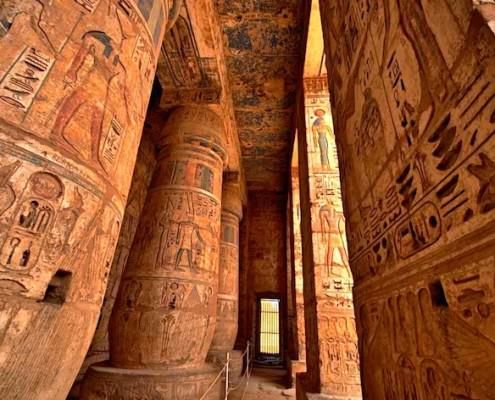
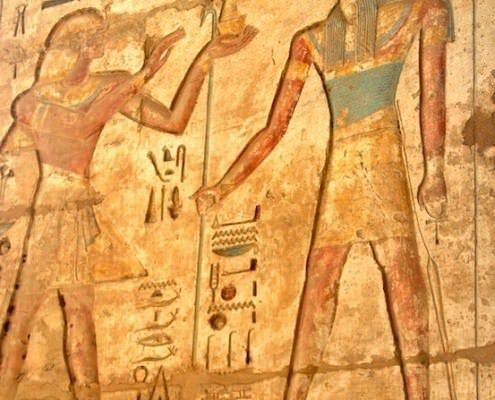
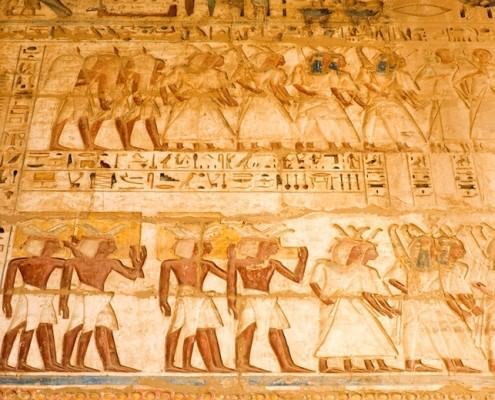
After passing through the initial pylon visitors will see themselves in an enormous courtyard that’s lined with massive statues of Ramesses III using one side and plain columns on another. Visitors than then undergo the next and third pylons which cause them to the old hypostyle hall. The hall could have at once had a roof, nonetheless it is not any longer there today.
The hypostyle hall is once more home to numerous well preserved reliefs, but perhaps one of the most interesting reasons for having the hall, may be the proven fact that archeologists discovered a lot of human heads on display. It really is believed they once belonged to captives and were placed on display as symbolic of Ramesses III control of Nubia and Syria. Visitors today however won’t see any heads given that they were all taken off the site.
Next to the Mortuary Temple of Ramesses III at Medinet Habu, gleam small temple focused on the god Amun. This temple was originally built by Queen Hatshepsut and later altered by King Tuthmosis III, before being modified once more through the Roman period.
Explore the World’s Largest Open-Air Museum
Luxor houses six great temples, and all are near each other. Luxor can be home to many other infamous attractions, like the Valley of Kings and the Valley of Queens, and because of this, quite a few Egypt vacations include spending time sightseeing in Luxor.
Many of our Nile cruises from Luxor to Aswan add a visit to this web site, as do many of our Nile cruises from Aswan to Luxor. However, the website is not featured in every of our cruises packages, so f you intend to visit Medinet Habu and it’s not contained in your selected tour, please inform among our consultants which means that your itinerary could be amended.

